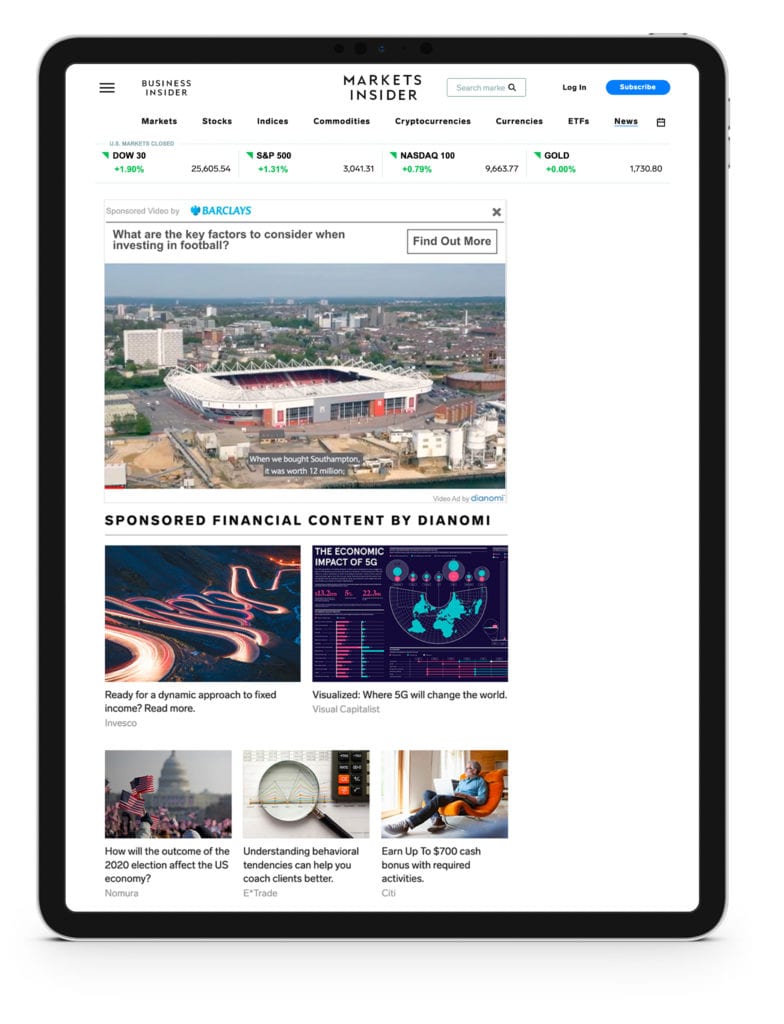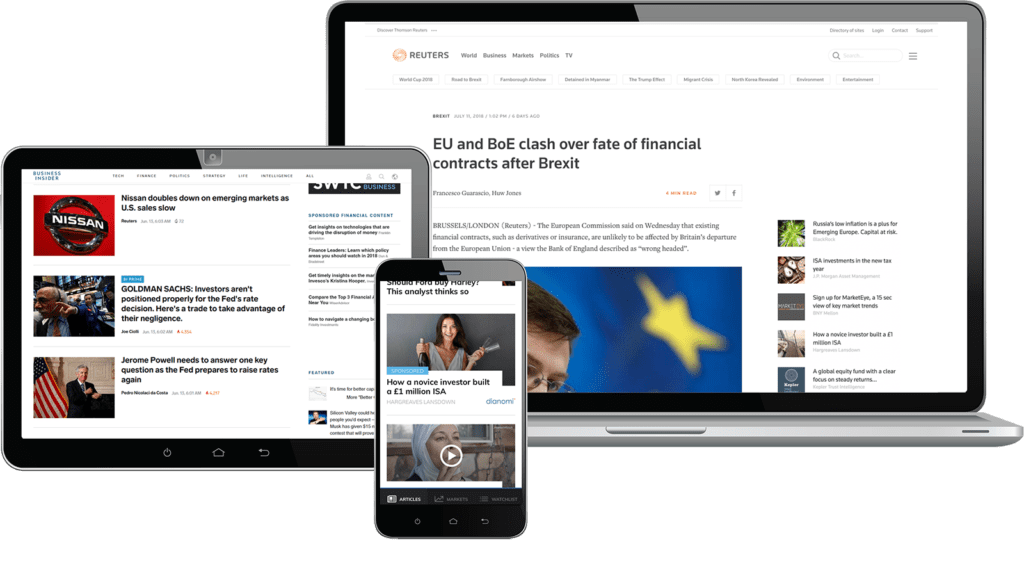How will growing concerns about a second wave of Covid-19 across much of Europe affect investor sentiment? Looking back on the turmoil in financial markets in March and April at the height of the pandemic in the West, there is every reason to be anxious. So far, however, markets have proved resilient. European markets rose during the early part of September, though concern about tech stock valuations hit US equities. Investors are not panicking.
Research from Dianomi reveals a similar level of resoluteness amongst asset managers. In August, the tone of Covid-19 content published by 20 leading asset managers tracked by Dianomi remained much more positive than earlier in the year. The majority of articles in which asset managers referenced the virus expressed an upbeat sentiment. Throughout the spring, by contrast, such coverage was almost universally downbeat.
Asset managers are also striking a positive tone in their coverage of leading asset classes. Across equities, fixed income, real estate and commodities, the number of articles with a positive tone outnumbered negative articles last month, a reversal of the picture earlier in the year. Coverage of topics such as retirement planning also took a positive line, Dianomi’s analysis suggests.
In this regard, asset managers are not alone. As separate Dianomi analysis reveals, the sentiment of financial media has also turned optimistic in recent months, with almost two-thirds of online articles published in August taking a positive line.
Nevertheless, there are good reasons to be cautious. For one thing, the market environment does now seem to be one of elevated risk. Not only is the rising rate of Covid-19 infections a cause for alarm, but also, the uncertainties of the faltering Brexit negotiations and November’s US Presidential elections are clouds that now seem to be darkening. Nervousness about the potential for a technology sector correction to hit markets more broadly adds to the sense of unease.
In such a climate, investors will need support and advice on how to continue focusing on their financial objectives while simultaneously remaining mindful of increasing risk. Asset managers’ positive tone in recent weeks is understandable given the progress many countries have made in confronting Covid-19 since the spring – and the relative stability on markets – but any perception that coverage is slipping into blind positive would be damaging.
Content, of course, is just as important as tone. It is interesting to note that the proportion of asset managers’ online content devoted to equities fell slightly during August, from 17% to 16%. By contrast, the managers tracked by Dianomi produced more content on fixed income assets.
The proportion of content focused on equities remains significantly higher than earlier in the year. However, increased coverage of less risky asset classes may make sense if investors are becoming more risk averse. Many will be thinking about about how to position their portfolios for the rest of the year.
This is not to suggest asset managers will want to move away from producing equities-related content in any kind of wholesale way. But there is likely to be increased demand for coverage that balances risk and opportunity – and offers investors a nuanced view of what lies ahead. Practical and actionable commentary will also be at a premium as investors ponder their next move.
Nor should asset managers overlook the potential value of alternative asset classes to investors at this time. The amount of coverage produced on commodities and real estate remains small in comparison to more mainstream assets. There will also be scope to publish more content on topics such as hedge funds and private equity as investors focus on diversification opportunities.
The bottom line is that investors who are focused on the long term, as well as the immediate outlook, will want to continue to take positive steps towards achieving their ultimate goals. But online financial content that is not tempered by a sense of realism given the current challenges may not provide the support they need.






















